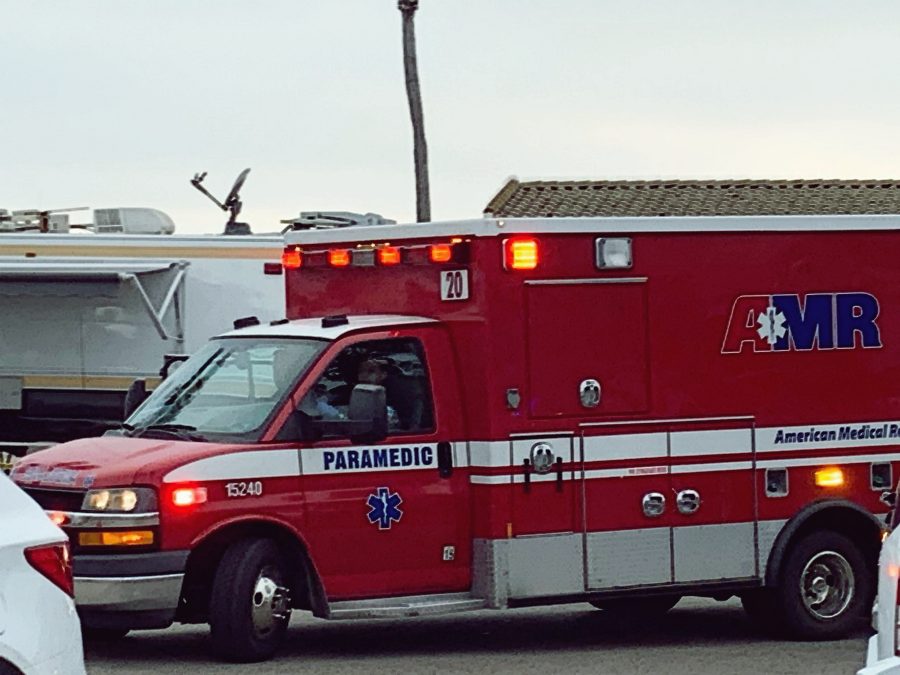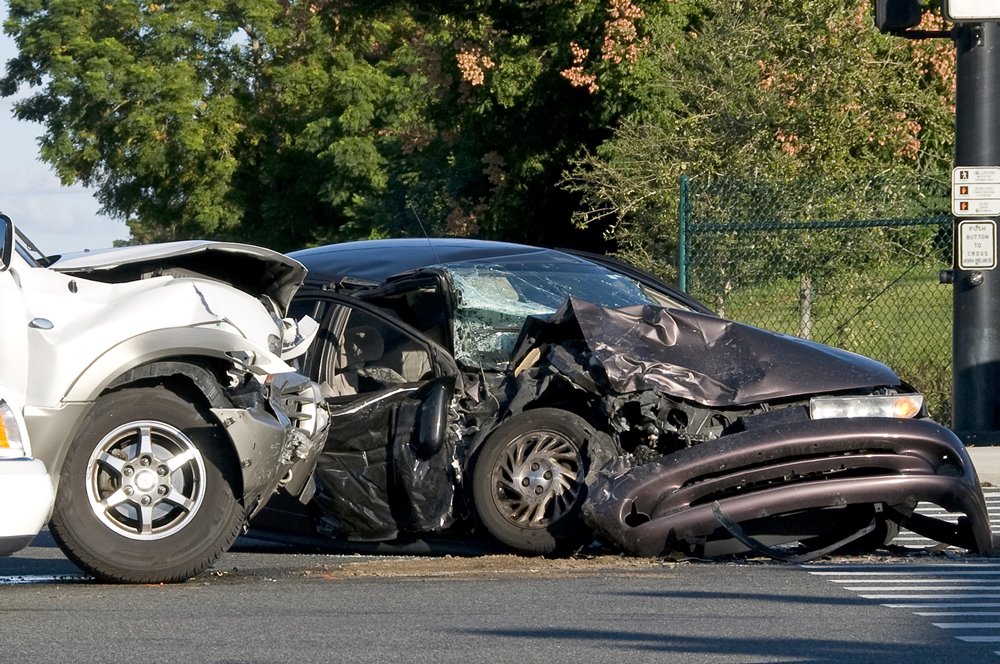You’re driving through town when you come to a yellow light. You’re not sure whether to speed up or slow down, but you hit the gas and push through. What you didn’t realize was that the light changed while you were in the intersection, and an approaching vehicle from the cross street didn’t slow down as they approached.
This could have been avoided if you understood why you shouldn’t run a yellow light.
A Matter of Timing
There is no standard for yellow light timing, even in the same town. Federal guidelines advise that cities adjust their yellow lights to appropriate traffic flow. In most places, a yellow light might last anywhere from 3-6 seconds. However, this means that every yellow light is different, and you can’t make an informed decision about whether it is safer to stop or drive through.
While each intersection is different, there are a few notable data points about yellow lights that could improve overall safety. Studies for the Manual on Uniform Traffic Control Devices found that an additional second of yellow light at intersections decreased the likelihood of running a red light (and a potential crash) by 36%. It could be then that most intersections need a longer window for yellow lights.
The Harm of Running a Yellow Light
The harm of running a yellow light is that the light may change while you’re in the intersection. If a driver in cross-traffic moving at the speed limit gets a green light, they will need to brake hard to avoid a crash.
While you can’t know for certain how long a yellow light might be, it’s best to err on the side of caution and brake rather than run the light and risk either a ticket or getting into a crash.
If you or someone you love suffered serious injuries in a car accident, we’re ready to be the experience on your side. To schedule a free consultation with an experienced Dayton car accident attorney from The Attkisson Law Firm, please send us an email or call 937-918-7555.



